What's the meaning of the Hunab Ku »
Hunab Ku
This page is about the meaning, origin and characteristic of the symbol, emblem, seal, sign, logo or flag: Hunab Ku.
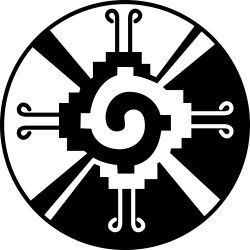
After being introduced to the concept by Hunbatz Men, who discussed this concept in his 1986 book Religión ciencia maya, Argüelles popularized Hunab Ku in his 1987 book The Mayan Factor. However, instead of Martínez' symbol, what Argüelles asserted was the "Hunab Ku" symbol was originally a rectangular design used by the Aztecs for a ritual cloak, known as the Mantle of Lip Plugs (or, arguably, mantle of "spider water"). The design survives today as a rug design being sold in central Mexico, but was associated with the Milky Way and the god Hunab Ku by Argüelles, who modified the symbol to look more like a circular motif evoking a yin and yang symbol as well as a spiral galaxy or the blood dropped by Hunab Ku on the bones that Quetzalcoatl took from Ah Puch to create humanity. It has become associated with Mayanism.
The earliest known appearance of the design is in the 16th century Codex Magliabechiano, an Aztec (not Maya) document that is also known for graphic depictions of heart sacrifice drawn by indigenous artists. The design was first reproduced by Zelia Nuttall, who rediscovered the Codex Magliabecchiano in Florence, Italy in 1898, in her 1901 book The Fundamental Principles of Old and New World Civilizations: A Comparative Research Based on a Study of the Ancient Mexican Religious, Sociological and Calendrical Systems. Facsimiles of the codex were published in 1903 and 1982. In 1976, the design was introduced to the weavers of Teotitlan, Oaxaca by epigrapher Gordon Whittaker, who commissioned a rug based on the design in the Codex Magliabbechiano. By 1978, it had been reproduced multiple times. Argüelles says he purchased two rugs from Teotitlan with the design, which he subsequently modified and popularized in his book The Mayan Factor (1987) and during the 1987 Harmonic Convergence.
The design, rendered in black-and-white, appeared on the cover and on decorated pages of The House of the Dawn (1914), a romance novel by Marah Ellis Ryan set in Hopi territory during the Pueblo Revolt of 1680. Decorative borders on pages in the book combine this design with the swastika, a motif that also appears frequently in other books by Ryan. It is likely that the illustrator for Ryan's book found the Aztec design in Nuttall's 1903 publication. John Major Jenkins, who first saw the symbol as used by Argüelles, subsequently encountered Ryan's novel in a used book store. He appropriated the decorated borders for use in his zine Jaloj Kexoj and PHI-64: The Dual Principle Core Paradigm of Mayan Time Philosophy and its Conceptual Parallel in Old World Thought (1994) and also a version republished with modifications as the zine Aztec Sacred Science (1994).
Despite the assertions of Martínez, Argüelles, and Jenkins, there are no known representations of "Hunab Ku" that have been documented for the ancient Maya. It is an Aztec, not a Maya motif.
- 1,657 Views
Graphical characteristics:
Asymmetric, Closed shape, Monochrome, Contains both straight and curved lines, Has no crossing lines.
Category: Miscellaneous.
More symbols in Miscellaneous:
Symbols without any special category attribution but that are widely used worldwide. read more »
Citation
Use the citation below to add this symbol to your bibliography:
Style:MLAChicagoAPA
"Hunab Ku." Symbols.com. STANDS4 LLC, 2024. Web. 26 Jul 2024. <https://www.symbols.com/symbol/hunab-ku>.

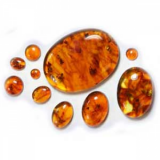
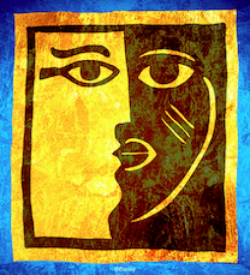
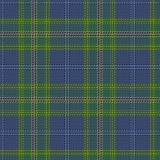
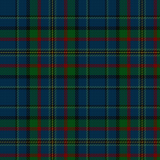

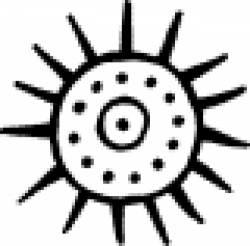

Have a discussion about Hunab Ku with the community:
Report Comment
We're doing our best to make sure our content is useful, accurate and safe.
If by any chance you spot an inappropriate comment while navigating through our website please use this form to let us know, and we'll take care of it shortly.
Attachment
You need to be logged in to favorite.
Log In